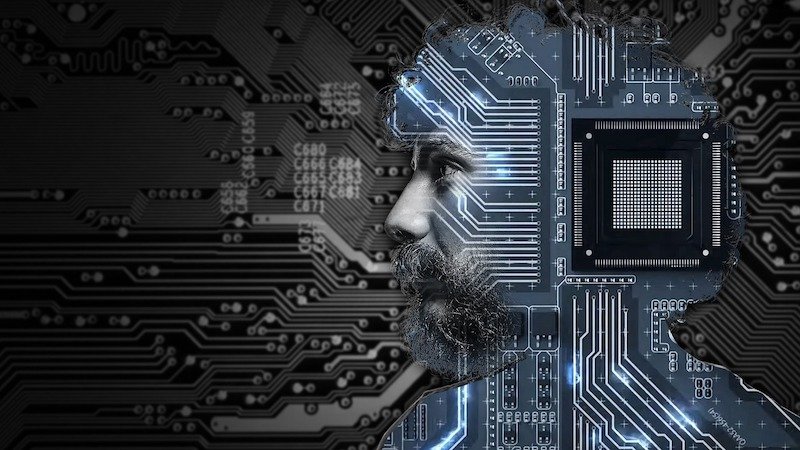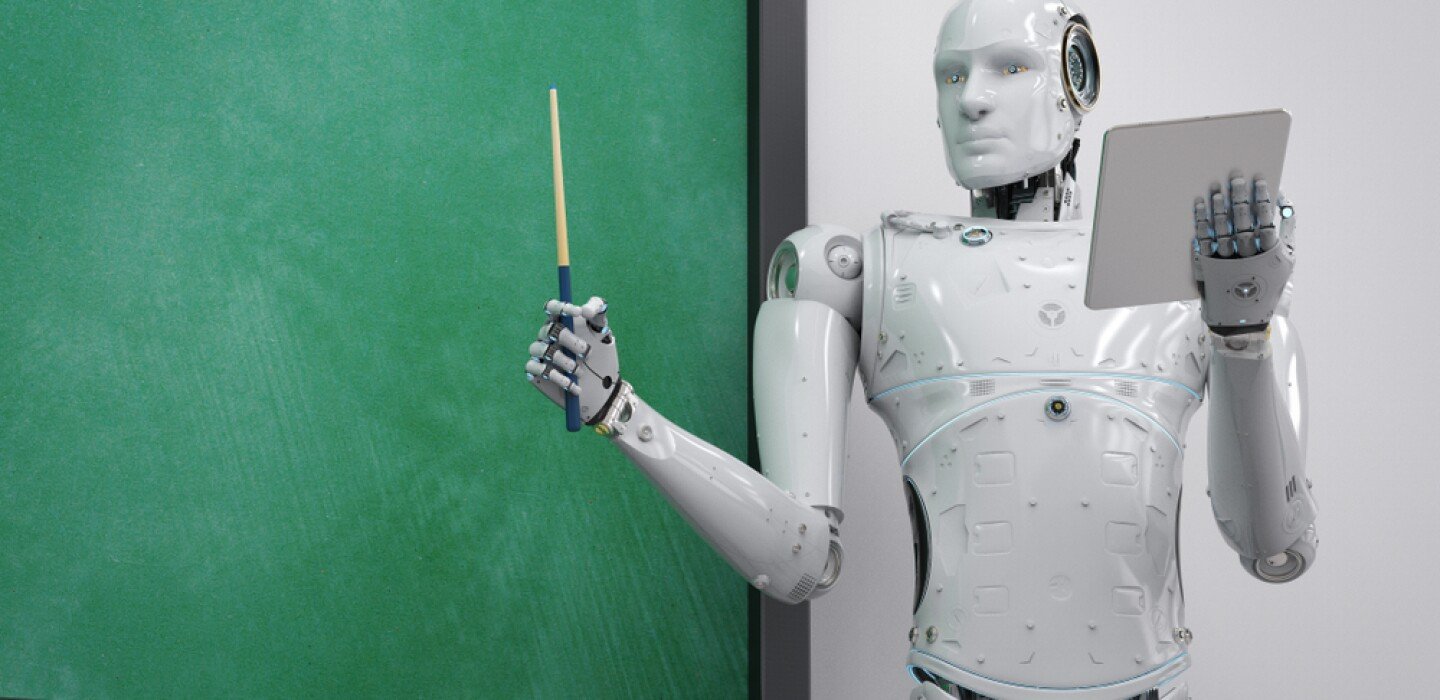AI Insights
The Cognitive Cost Of AI-Assisted Learning – Analysis – Eurasia Review

A decade ago, if someone had claimed machines would soon draft essays, debug code, and explain complex theories in seconds, the idea might have sounded like science fiction. Today, artificial intelligence is doing all of this and more. Large Language Models (LLMs) like ChatGPT have transformed how information is consumed, processed, and reproduced. But as the world becomes more comfortable outsourcing intellectual labor, serious questions are emerging about what this means for human cognition.
It isn’t a doomsday scenario, at least not yet. But mounting research suggests there may be cognitive consequences to the growing dependence on AI tools, particularly in academic and intellectual spaces. The concern isn’t that these tools are inherently harmful, but rather that they change the mental labor required to learn, think, and remember. When answers are pre-packaged and polished, the effort that usually goes into connecting ideas, analyzing possibilities, or struggling through uncertainty may quietly fade away.
A recent study conducted by researchers at the MIT Media Lab helps illustrate this. Fifty-four college students were asked to write short essays under three conditions: using only their brains, using the internet without AI, or using ChatGPT freely. Participants wore EEG headsets to monitor brain activity. The results were striking. Those who relied on their own cognition or basic online searches showed higher brain connectivity in regions tied to attention, memory retrieval, and creativity. In contrast, those who used ChatGPT showed reduced neural activity. Even more concerning: these same students often struggled to recall what they had written.
This finding echoes a deeper pattern. In “The Shallows: What the Internet Is Doing to Our Brains,” Nicholas Carr argues that technologies designed to simplify access to information can also erode our ability to engage deeply with that information. Carr’s thesis, originally framed around search engines and social media, gains renewed relevance in an era where even thinking can be automated.
AI tools have democratized knowledge, no doubt. A student confused by a math problem or an executive drafting a report can now receive tailored, well-articulated responses in moments. But this ease may come at the cost of originality. According to the same MIT study, responses generated with the help of LLMs tended to converge around generic answers. When asked subjective questions like “What does happiness look like?”, essays often landed in a narrow band of bland, agreeable sentiment. It’s not hard to see why: LLMs are trained to produce outputs that reflect the statistical average of billions of human texts.
This trend toward homogenization poses philosophical as well as cognitive challenges. In “The Age of Surveillance Capitalism,” Shoshana Zuboff warns that as technology becomes more capable of predicting human behavior, it also exerts influence over it. If the answers generated by AI reflect the statistical mean, then users may increasingly absorb, adopt, and regurgitate those same answers, reinforcing the very patterns that machines predict.
The concern isn’t just about bland writing or mediocre ideas. It’s about losing the friction that makes learning meaningful. In “Make It Stick: The Science of Successful Learning,” Brown, Roediger, and McDaniel emphasize that learning happens most effectively when it involves effort, retrieval, and struggle. When a student bypasses the challenge and lets a machine produce the answer, the brain misses out on the very processes that cement understanding.
That doesn’t mean AI is always a cognitive dead-end. Used wisely, it can be a powerful amplifier. The same MIT study found that participants who first engaged with a prompt using their own thinking and later used AI to enhance their responses actually showed higher neural connectivity than those who only used AI. In short, starting with your brain and then inviting AI to the table might be a productive partnership. Starting with AI and skipping the thinking altogether is where the danger lies.
Historically, humans have always offloaded certain cognitive tasks to tools. In “Cognition in the Wild,” Edwin Hutchins shows how navigation in the Navy is a collective, tool-mediated process that extends individual cognition across people and systems. Writing, calculators, calendars, even GPS—these are all examples of external aids that relieve our mental burden. But LLMs are different in kind. They don’t just hold information or perform calculations; they construct thoughts, arguments, and narratives—the very outputs we once considered evidence of human intellect.
The worry becomes more acute in educational settings. A Harvard study published earlier this year found that while generative AI made workers feel more productive, it also left them less motivated. This emotional disengagement is subtle, but significant. If students begin to feel they no longer own their ideas or creations, motivation to learn may gradually erode. In “Deep Work,” Cal Newport discusses how focus and effort are central to intellectual development. Outsourcing too much of that effort risks undermining not just skills, but confidence and identity.
Cognitive offloading isn’t new, but the scale and intimacy of AI assistance is unprecedented. Carnegie Mellon researchers recently described how relying on AI tools for decision-making can leave minds “atrophied and unprepared.” Their concern wasn’t that these tools fail, but that they work too well. The smoother the experience, the fewer opportunities the brain has to engage. Over time, this could dull the mental sharpness that comes from grappling with ambiguity or constructing arguments from scratch.
Of course, there’s nuance. Not all AI use is equal, and not all users will be affected in the same way. A senior using a digital assistant to remember appointments is not the same as a student using ChatGPT to write a philosophy paper. As “Digital Minimalism” by Cal Newport suggests, it’s not the presence of technology, but the purpose and structure of its use that determines its impact.
Some might argue that concerns about brain rot echo earlier panics. People once feared that writing would erode memory, that newspapers would stunt critical thinking, or that television would replace reading altogether. And yet, society adapted. But the difference now lies in the depth of substitution. Where earlier technologies altered the way information was delivered, LLMs risk altering the way ideas are born.
The road forward is not to abandon AI, but to treat it with caution. Educators, researchers, and developers need to think seriously about how these tools are integrated into daily life, especially in formative contexts. Transparency, guided usage, and perhaps even deliberate “AI-free zones” in education could help preserve the mental muscles that matter.
In the end, the question is not whether AI will shape how people think. It already is. The better question is whether those changes will leave future generations sharper, or simply more efficient at being average.
References
- Carr, N. (2010). The Shallows: What the Internet Is Doing to Our Brains. W.W. Norton.
- Zuboff, S. (2019). The Age of Surveillance Capitalism. PublicAffairs.
- Brown, P.C., Roediger, H.L., & McDaniel, M.A. (2014). Make It Stick: The Science of Successful Learning. Belknap Press.
- Hutchins, E. (1995). Cognition in the Wild. MIT Press.
- Newport, C. (2016). Deep Work: Rules for Focused Success in a Distracted World. Grand Central.
- Newport, C. (2019). Digital Minimalism: Choosing a Focused Life in a Noisy World. Portfolio.
- Daugherty, P. R., & Wilson, H. J. (2018). Human + Machine: Reimagining Work in the Age of AI. Harvard Business Review Press.
AI Insights
General Counsel’s Job Changing as More Companies Adopt AI

The general counsel’s role is evolving to include more conversations around policy and business direction, as more companies deploy artificial intelligence, panelists at a University of California Berkeley conference said Thursday.
“We are not just lawyers anymore. We are driving a lot of the policy conversations, the business conversations, because of the geopolitical issues going on and because of the regulatory, or lack thereof, framework for products and services,” said Lauren Lennon, general counsel at Scale AI, a company that uses data to train AI systems.
Scattered regulation and fraying international alliances are also redefining the general counsel’s job, panelists …
AI Insights
California bill regulating companion chatbots advances to Senate

The California State Assembly approved legislation Tuesday that would place new safeguards on artificial intelligence-powered chatbots to better protect children and other vulnerable users.
Introduced in July by state Sen. Steve Padilla, Senate Bill 243 requires companies that operate chatbots marketed as “companions” to avoid exposing minors to sexual content, regularly remind users that they are speaking to an AI and not a person, as well as disclose that chatbots may not be appropriate for minors.
The bill passed the Assembly with bipartisan support and now heads to California’s Senate for a final vote.
“As we strive for innovation, we cannot forget our responsibility to protect the most vulnerable among us,” Padilla said in statement. “Safety must be at the heart of all developments around this rapidly changing technology. Big Tech has proven time and again, they cannot be trusted to police themselves.”
The push for regulation comes as tragic instances of minors harmed by chatbot interactions have made national headlines. Last year, Adam Raine, a teenager in California, died by suicide after allegedly being encouraged by OpenAI’s chatbot, ChatGPT. In Florida, 14-year-old Sewell Setzer formed an emotional relationship with a chatbot on the platform Character.ai before taking his own life.
A March study by the MIT Media Lab examining the relationship between AI chatbots and loneliness found that higher daily usage correlated with increased loneliness, dependence and “problematic” use, a term that researchers used to characterize addiction to using chatbots. The study revealed that companion chatbots can be more addictive than social media, due to their ability to figure out what users want to hear and provide that feedback.
Setzer’s mother, Megan Garcia, and Raine’s parents have filed separate lawsuits against Character.ai and OpenAI, alleging that the chatbots’ addictive and reward-based features did nothing to intervene when both teens expressed thoughts of self-harm.
The California legislation also mandates companies program AI chatbots to respond to signs of suicidal thoughts or self-harm, including directing users to crisis hotlines, and requires annual reporting on how the bots affect users’ mental health. The bill allows families to pursue legal action against companies that fail to comply.
AI Insights
AI a 'Game Changer' for Assistance, Q&As in NJ Classrooms – GovTech
-

 Business2 weeks ago
Business2 weeks agoThe Guardian view on Trump and the Fed: independence is no substitute for accountability | Editorial
-
Tools & Platforms1 month ago
Building Trust in Military AI Starts with Opening the Black Box – War on the Rocks
-

 Ethics & Policy2 months ago
Ethics & Policy2 months agoSDAIA Supports Saudi Arabia’s Leadership in Shaping Global AI Ethics, Policy, and Research – وكالة الأنباء السعودية
-

 Events & Conferences4 months ago
Events & Conferences4 months agoJourney to 1000 models: Scaling Instagram’s recommendation system
-

 Jobs & Careers2 months ago
Jobs & Careers2 months agoMumbai-based Perplexity Alternative Has 60k+ Users Without Funding
-

 Podcasts & Talks2 months ago
Podcasts & Talks2 months agoHappy 4th of July! 🎆 Made with Veo 3 in Gemini
-

 Education2 months ago
Education2 months agoMacron says UK and France have duty to tackle illegal migration ‘with humanity, solidarity and firmness’ – UK politics live | Politics
-

 Education2 months ago
Education2 months agoVEX Robotics launches AI-powered classroom robotics system
-

 Funding & Business2 months ago
Funding & Business2 months agoKayak and Expedia race to build AI travel agents that turn social posts into itineraries
-

 Podcasts & Talks2 months ago
Podcasts & Talks2 months agoOpenAI 🤝 @teamganassi


